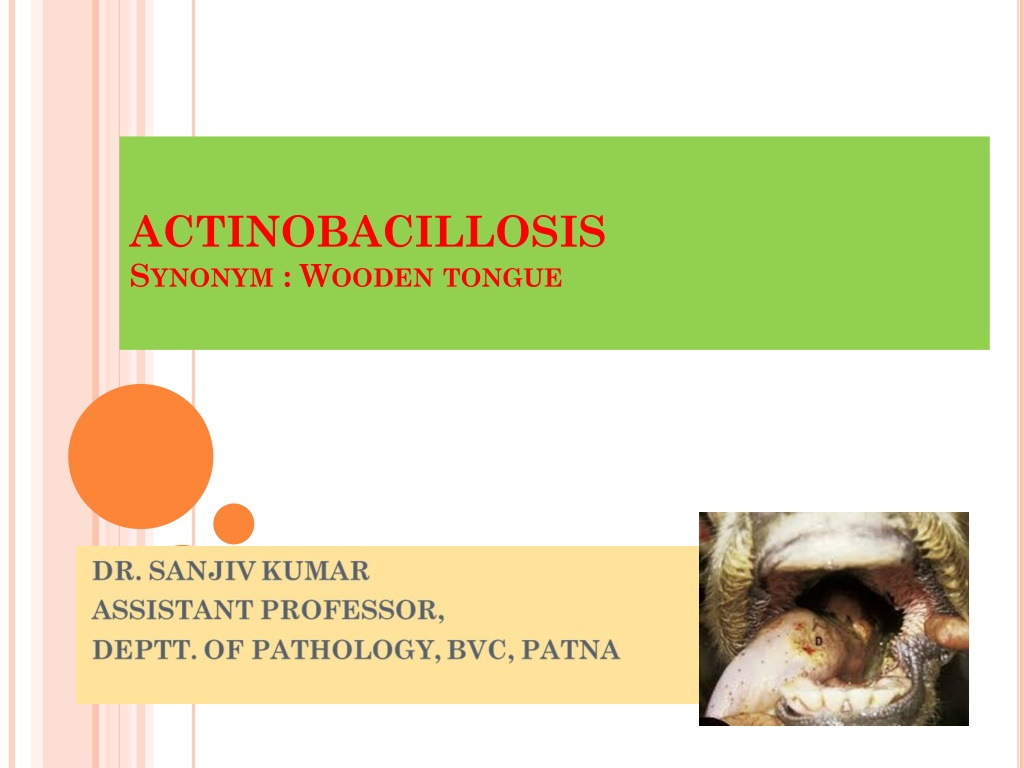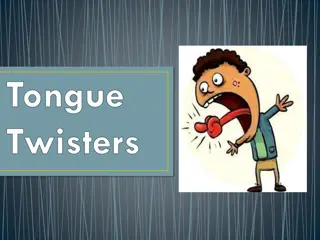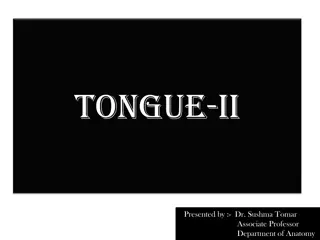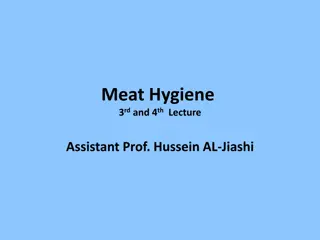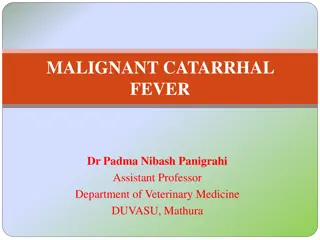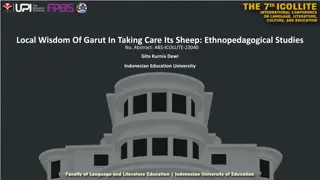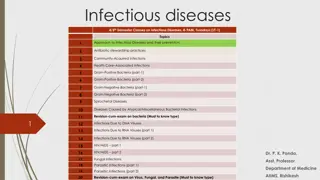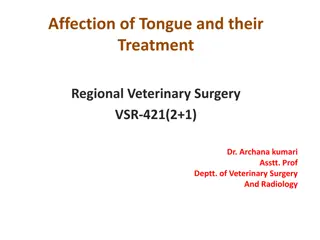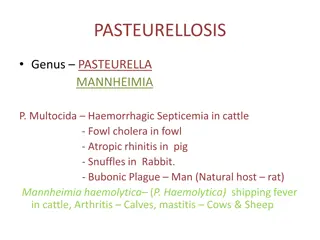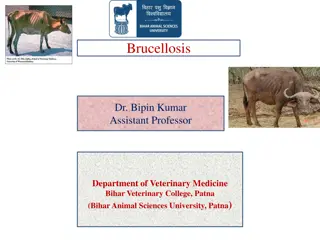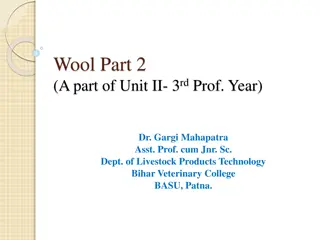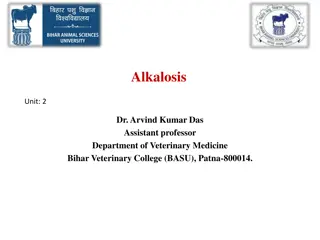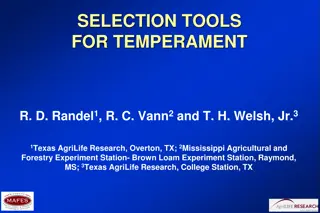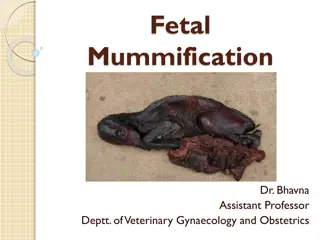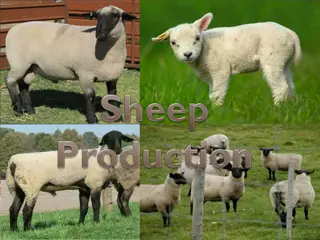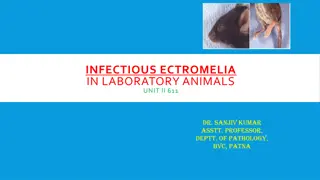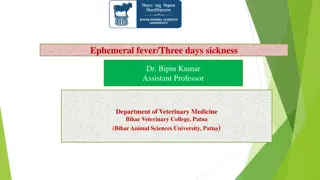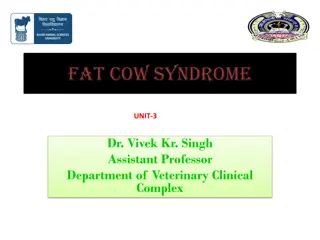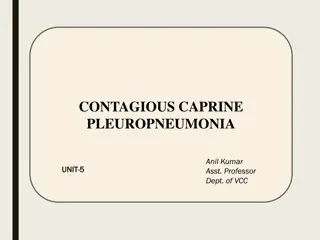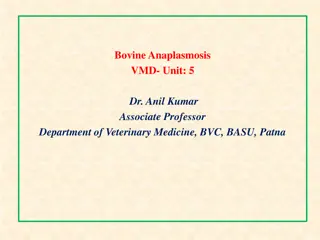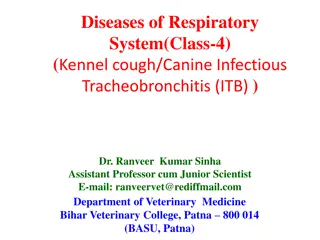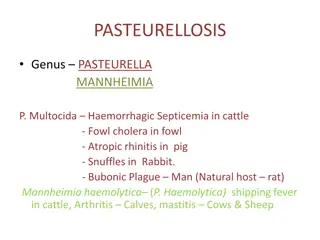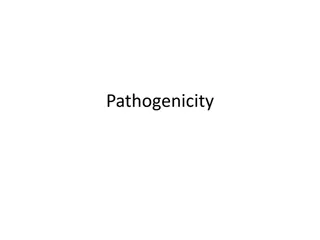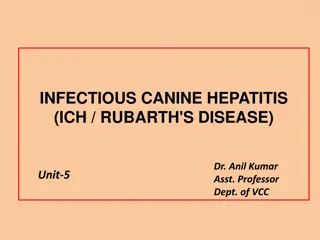Actinobacillosis (Wooden Tongue) in Cattle and Sheep: Overview of the Infectious Disease
Actinobacillosis, also known as Wooden Tongue, is a specific infectious disease affecting cattle and sheep, caused by Actinobacillus lignieresii. It is characterized by fibrosis of the tongue and soft tissues, leading to mobility issues. The disease is primarily transmitted through wounds and abrasions caused by foreign bodies, resulting in chronic inflammation and formation of nodules with central Sulphur granules. Microscopically, a granulomatous reaction surrounds colonies of organisms. Lymphadenitis and abscess formation are common, especially in cattle.
Download Presentation

Please find below an Image/Link to download the presentation.
The content on the website is provided AS IS for your information and personal use only. It may not be sold, licensed, or shared on other websites without obtaining consent from the author. Download presentation by click this link. If you encounter any issues during the download, it is possible that the publisher has removed the file from their server.
E N D
Presentation Transcript
ACTINOBACILLOSIS SYNONYM : WOODEN TONGUE
INTRODUCTION Actinobacillosis is a specific infectious disease of cattle and sheep caused by Actinobacillus lignieresi and is characterized by fibrosis of tongue Gram negative aerobic organism Cattle usually affected. Sheep are rarely affected Human infection of the disease has also been reported Organisms are normally present in upper respiratory and alimentary tract Affects mainly soft tissues. Wounds and abrasions caused by foreign bodies are necessary for infection
PATHOGENESIS AND SYMPTOMS Organisms are present in upper respiratory and alimentary tract mucosa and infection to soft tissues occurs through wounds and abrasions caused by foreign bodies like thorn and awns Then organisms multiply and causes chronic supppurative and granulomatous inflammation of soft tissues i.e. tongue The organisms may infect jaw of cattle, but usually it invades the tongue, lymph nodes of the head, neck and thorax Tongue replaced by fibrous tissue and becomes hard, shrunken and immobile(Wooden tongue) It usually affects soft tissue and lymph nodes of the mouth and pharynx
LESIONS More frequent in soft tissues than bones Spread to neighbouring tissue, lesions coalesce, forming a large nodules with central Sulphur granules (Colonies of organisms) Spread is usually through lymphatics causing lymphadenitis and abscess. Tongue Nodules which becomes indurated, rigid and it is referred to as Wooden longue - Diffuse sclerosing actinobacillosis
Lung and other tissues Smaller abscesses seen. Pigs - Lesions similar to cattle Sheep - Lingual lesions are not common; subcutaneous tissue of the head, nose, lips, throat, cheeks and submaxillary region revealed granuloma
Microscopically Granulomatous reaction Surrounding a colony of organisms, club like structure (action of macrophage on the organism) It is encircled by neutrophils, histiocytes, giant cells, lymphocytes and plasma cells and is enclosed by fibrous tissue Spread to neighbouring tissue, lesions coalesce, forming a large nodules with central Sulphur granules (Colonies of organisms)
